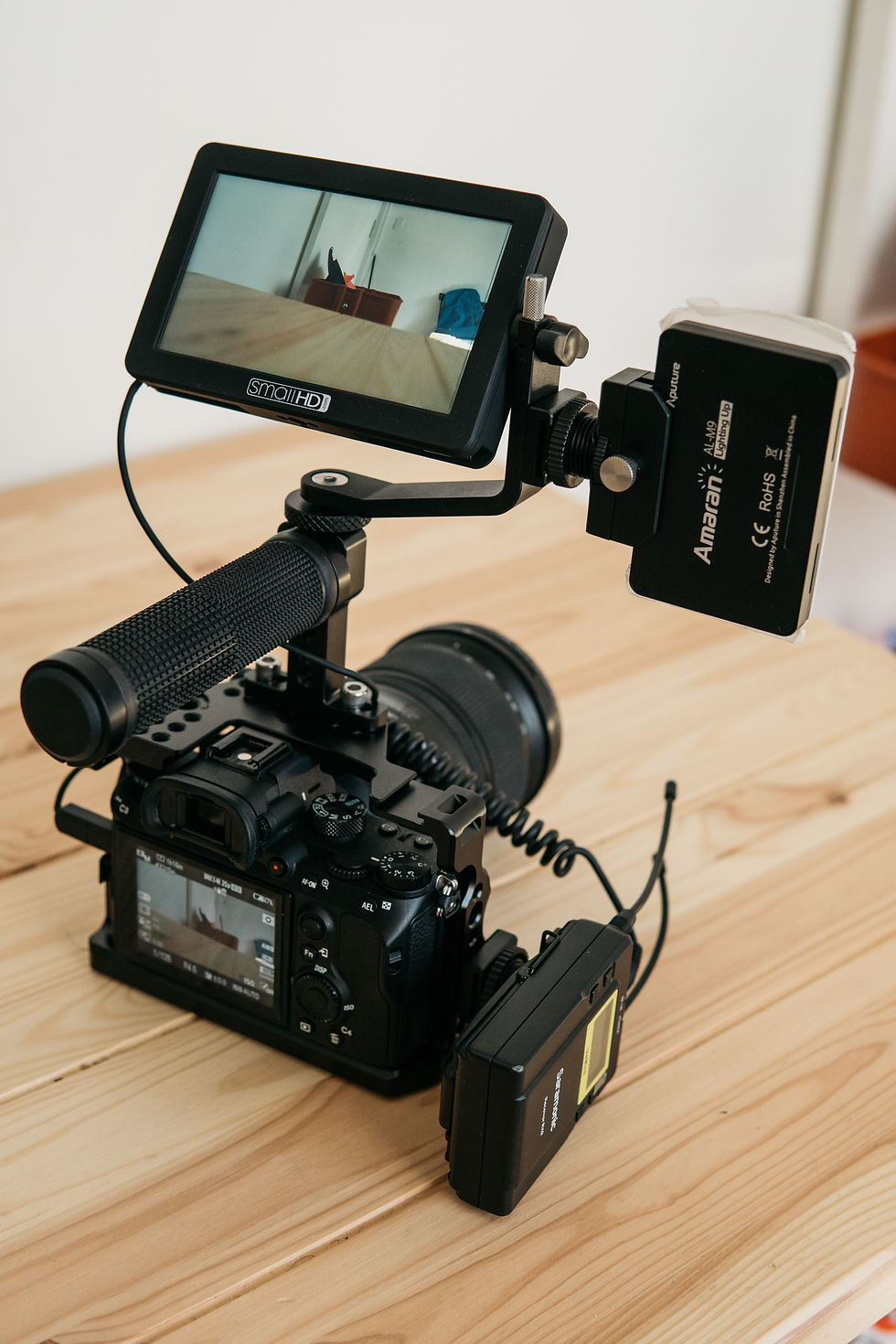What is log footage?
- Jonny O'Brien

- Jul 3, 2023
- 2 min read
Understanding Log Footage: A Deep Dive into Sony and Blackmagic Design
In the world of digital filmmaking and video production, "log footage" is a term you'll encounter frequently. It is the preferred recording format for many professionals because of the flexibility it offers in post-production. But what exactly is log footage? And how does it work in the context of different camera systems, like those from Sony and Blackmagic Design? Let's dive into it.
What is Log Footage?
Log (short for logarithmic) footage is a type of video recording format that captures more dynamic range from the camera sensor. Dynamic range refers to the difference between the lightest and the darkest parts of an image. A higher dynamic range allows a camera to capture more detail in the shadows and highlights, leading to a more balanced and realistic image.
Log footage appears flat and desaturated when viewed directly from the camera because it aims to store as much image data as possible. It requires color grading in post-production to reach its full potential and to convey the desired mood and style.
Sony Log Footage

Sony offers several types of log recording options known as S-Log. As of my knowledge cut-off in September 2021, there are three types: S-Log1, S-Log2, and S-Log3.
S-Log is designed to maximize the performance of the camera's sensor. It captures a wide dynamic range and retains more detail in the highlights and shadows.
S-Log1 is Sony's first log format, providing an impressive dynamic range and good for situations with less intense light variations.
S-Log2 captures even more dynamic range and is particularly useful when filming in high contrast situations. It does, however, require more work in post-production to get the colors right.
S-Log3 is based on the Cineon film standard and further extends the dynamic range. It is better suited to more advanced color grading setups and offers the greatest flexibility in post-production.
Remember, when shooting in S-Log, Sony recommends overexposing the image slightly to reduce image noise in the shadows during color grading.
Blackmagic Log Footage
Blackmagic Design offers their own log format, known as BMD Film Log, or just Film. Blackmagic’s Film log curve is designed to preserve maximum dynamic range and provide a high degree of flexibility when adjusting images in post-production.
Film log on Blackmagic cameras retains a high level of detail in both shadows and highlights. This is especially noticeable when shooting under harsh light conditions, where ordinary video could lose detail.
Blackmagic cameras also offer another flavor called Extended Video. This format doesn't offer as much dynamic range as Film, but it requires less work in post-production, making it a good middle-ground for projects with tighter deadlines.

Wrapping Up
In conclusion, log footage, whether from Sony or Blackmagic Design, provides video producers with a greater amount of data to work within post-production, enabling the creation of rich, detailed, and visually compelling footage. However, it's important to remember that shooting in log format requires a more intensive post-production process, including skilled color grading to truly make the footage shine.
By understanding these two different log formats, you can better select your camera settings and capture the best possible footage for your next video project. Whether you're shooting a high-end commercial or a low-budget indie film, the power of log footage can't be underestimated.
Stay tuned for more insights and guides on making the most of your video production projects!





Comments